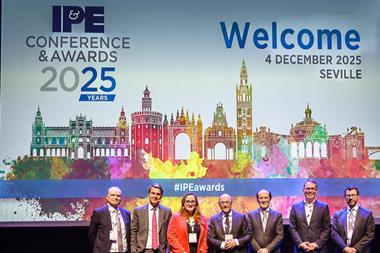Sophisticated asset owners and managers no longer view infrastructure as an asset class but rather examine investments based around risk factors, a new survey has suggested.
The research, conducted by the EDHEC Infrastructure Institute-Singapore and the G20-backed Global Infrastructure Hub, nevertheless found that around two-thirds of respondents viewed unlisted infrastructure as a standalone asset class, while one-third saw its listed equivalent as an asset class.
Frédéric Blanc-Brude, director of EDHEC’s infrastructure venture, said he had “some issues” with the majority of the 150 respondents, both asset owners and asset managers, viewing infrastructure as an asset class.
“What’s most interesting is to understand how infrastructure investment can contribute to portfolio investment objectives in general, rather than if it’s an asset class in itself,” he said.
Blanc-Brude, presenting the survey’s preliminary results ahead of it closing to respondents, added that the most “sophisticated” of respondents within the survey were examining infrastructure for its risk factors.
European investors including ATP have employed risk-factor investing in place of traditional asset classes for a number of years, and the notion has been gaining favour among some of Canada’s largest pension investors.
Blanc-Brude noted how the understanding of infrastructure had grown beyond focusing on energy assets, among others, to include companies that have “certain types of contractual arrangements with governments”.
The survey also found the overwhelming majority of respondents were unhappy with the types of products available to access infrastructure, with only 3% agreeing the market fulfilled investors’ needs.
More than 80% said products partly fulfilled their needs as investors, while a further 15% said products were “mostly inadequate”.
Another question asked whether respondents – including asset owners and managers – thought the use of closed-end private equity fund structures was justified for infrastructure; three-quarters of respondents agreed the approach was “outdated” and failed to add value.
The apparent distrust of products extended to a distrust of assessments conducted by asset managers, Blanc-Brude said.
“Only half the [asset owner] respondents said they would trust the valuation their infrastructure managers report,” he said, “which means the other half acknowledges, de facto, that they have no idea what their return is because they don’t trust the evaluation.”
In a boost for the infrastructure benchmark being developed by EDHEC, only 6% of respondents said current benchmarks were adequate, while 27% agreed they were inadequate.
The overwhelming majority of respondents said they were completely lacking.










